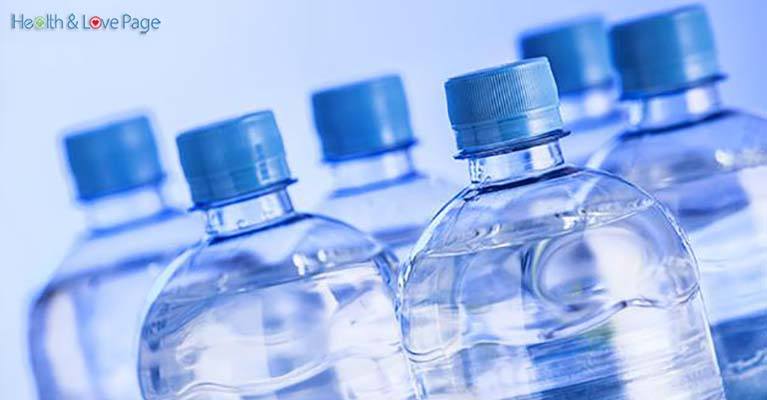When buying bottled water, we usually don’t put too much attention on the bottle. But, according to experts, we can protect our health by checking the bottom of the bottle before we choose a bottled water. First, the content of every bottle must be labeled by every brand. So, remember that the plastic bottles which are labeled with PP, HDPE, HDP, and several others, are safe as they don not release toxic substances in the water. The remaining letters can signify the chemicals included in the bottled water. In this post, we explain how to distinguish toxic from a healthy bottled water.
First, the content of every bottle must be labeled by every brand. So, remember that the plastic bottles which are labeled with PP, HDPE, HDP, and several others, are safe as they don not release toxic substances in the water. The remaining letters can signify the chemicals included in the bottled water. In this post, we explain how to distinguish toxic from a healthy bottled water.
Check the Following Things When Buying Bottled Water
PETE or PET
Bottles labeled PETE or PET can release chemicals and heavy metals that can disrupt the hormonal balance.
HDPE or HDP
If you see these letters on a bottle, it means that the water is safe to drink. In fact, this water is regarded to be the healthiest water because these types of bottles don’t release any type of chemicals or harmful substances.
PVC or 3V
Bottles labeled with these letters mean they release two toxic substances that can disrupt the hormone balance in your body.
LDPE
Although this kind of plastic doesn’t release dangerous chemicals, still it shouldn’t be used in the plastic bottle production. It is included in the content of plastic bags.
PP
This is another semi-transparent or white colored plastic used in the production of yogurt cups and syrup packings.
PS
These letters are usually found on fast food casings and coffee cups. They indicate that the plastic releases carcinogen substances.
[thrive_link color=’blue’ link=’https://www.healthandlovepage.com/why-you-shouldnt-reboil-water/’ target=’_blank’ size=’medium’ align=’aligncenter’]3 Warning Signs Why You Shouldn’t Reboil Water Ever Again[/thrive_link]
Non-Labelled Plastic or PC
This plastic is believed to be the most dangerous one used in food products, as it releases BPA chemicals. It is usually included in the content of food containers and sports water bottles.
Therefore, make sure you look at the bottom of every bottle of water before you decide to buy it!
